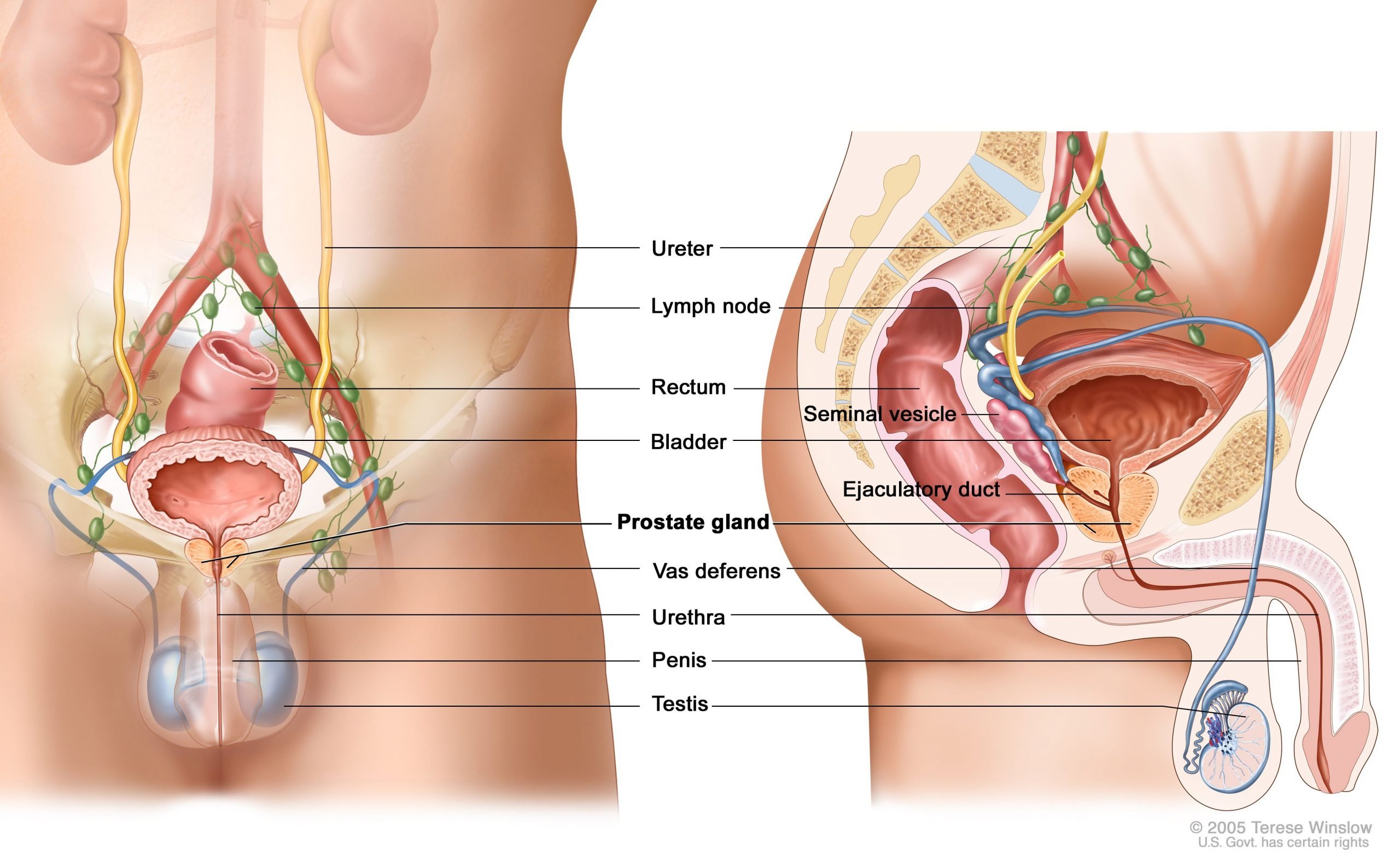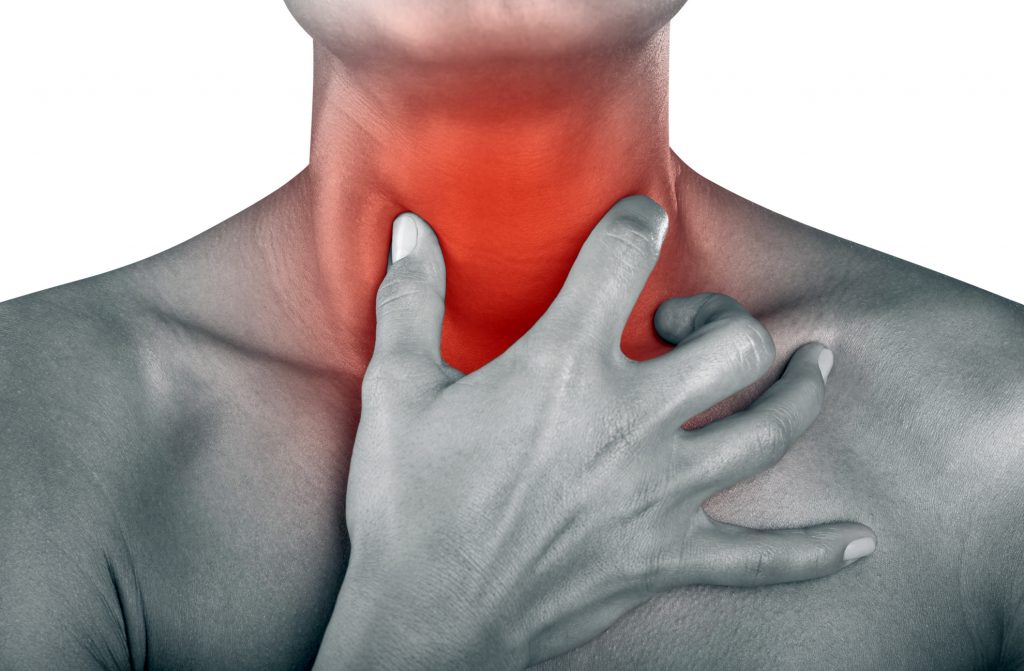The complete guide to pain management
Pain is an emotion we all experience, but managing pain is not as easy as it seems. Even though this feeling is one of the most common symptoms of this disease, it is often poorly understood and treated. Each person’s experience is unique. The purpose of this article is to examine the most common types of pain and provide suggestions for managing them. We look forward to seeing you.

How does pain management work?
Depending on the cause of pain, pain management can be simple or complex. To treat a patient’s pain, a variety of skills and techniques are used, for example.
Interventions are therapeutic;
Use of drugs;
Physical therapy;
Counseling psychologically;
Treatment with acupuncture;
Specialist referrals
Pain types
By knowing the type of pain, you can manage it
Any unpleasant or annoying sensation in the body can be classified as pain. In terms of pain management, it can be divided into eight general groups:
-
Acute pain
It starts suddenly and lasts for a short period of time, such as a few minutes, a few hours, a few days, and sometimes a few months. Acute pain is usually caused by these factors:
Fractures of the bones;
Accident in a car;
The fall;
Cuts or burns;
Procedures related to dentistry;
Having a baby;
A surgical procedure.
2. Pain that is chronic
Chronic pain lasts for more than six months and is felt most days during this time. Even after an injury or complication has healed, pain may persist. Mild or severe chronic pain can be caused by:
Arthritis;
The back hurts.
The cancer;
Problems with the blood vessels;
Having diabetes;
Pain in the muscles;
Having a headache.
In addition to negatively impacting a person’s quality of life, chronic pain can also prevent them from working and participating in physical activities. This can lead to depression or social isolation in some people.
-
Pain that comes out of nowhere
When people take painkillers to treat osteoarthritis or cancer pain, they experience a sudden and slight increase in pain. In addition to exercise or physical activity, coughing, illness, stress, or between doses of painkillers, this type of pain is also known as wave pain. In most cases, chronic pain is very severe, and the site of pain is no different from the initial site.
-
Pain in the bones
A bone allergy or discomfort occurs during activity or rest. The most common cause of bone pain is a disease or complication that affects the bone’s structure or function, such as:
The cancer;
Fracture failure;
An infection;
The leukemia;
Deficiency of minerals;
Anemia of sickle cell;
Pregnant women may also experience pelvic bone pain.
-
Pain in the nerves
Inflammation or damage to the nerves causes nerve pain. Penetrating pain, such as burning or cutting pain, is usually described as this type of pain. Generally, people feel this pain more at night, and some people describe it as an electric shock.
Sleep, work, and physical activity can all be negatively affected by nerve pain. In most cases, this type of pain is sensitive to cold and is exacerbated by even the slightest touch.
Nerve pain can be caused by a variety of factors, including:
Alcoholism;
An injury to the brain, nerves, or spinal cord;
Cancer;
Vascular problems;
Diabetes;
Amputation;
Stroke;
Vitamin B12 deficiency
-
Imaginary pain
People who have lost a part of their body experience imaginary pain. An organ that no longer exists causes this type of pain. In the past, doctors believed that this pain had psychological roots, but they now realize that it has spinal cord and brain roots. Many people find it difficult to cope with imaginary pain, which usually goes away over time.
-
Soft tissue pain
Muscles, tissues, or tendons are damaged or inflamed, causing pain or burning. Usually associated with swelling or bruising, soft tissue pain is caused by:
Pain in the back or neck;
Joint sac inflammation;
Pain in the muscles;
Shoulder joint injury;
Chair pain;
Sports injuries such as sprains or strains.
-
Referral pain
Pain is felt in a particular area, but it is caused by damage or inflammation to another organ or location. As an example,
Reference pain is felt in the neck, left shoulder, and right lower arm during a heart attack.
An injured or inflamed pancreas usually causes persistent pain in the upper abdomen and back.
Behind the shoulder, there is pain in the spleen.
Referred pain occurs when peripheral nerves travel to different tissues. The brain can misinterpret injuries in one area of the network as injuries in another.
Determine the type of pain you are experiencing.
It can sometimes be difficult to diagnose the type of pain accurately. You can identify the type of pain and other details using a list.
Methods of pain control without drugs
Pain can be managed in many non-pharmacological ways. It is usually more effective to combine these treatments. The following are some examples of non-pharmacological treatments.
To reduce inflammation, apply a cold compress immediately after the injury. Joint and muscle pain can be reduced with warm compresses.
Exercise therapy helps reduce pain and boost mood through walking, exercise, aerobics, and strength training. Don’t overdo it and go slowly.
This treatment is suitable for soft tissue injuries, but not for joint pain. Studies have shown that massage is an excellent way to control pain, but it should not be used long-term.
Meditation and yoga are stress management and relaxation techniques.
In the face of pain, cognitive-behavioural therapy can help you change the way you think, feel, and behave. Chronic pain can be effectively managed with this method.
In acupuncture, thin needles are inserted into specific areas of the skin in accordance with traditional Chinese medicine. By creating natural painkillers (endorphins), the body will be balanced and its healing power will be increased.
Acupuncture reduces the severity of pain in some people and allows them to perform their daily activities. Despite this, research on the effects of this method on pain management has not reached a definitive conclusion.
By passing weak currents of electricity through the skin, shock therapy causes the body to relax. Research has not been conducted on shock therapy’s effectiveness, but some people who suffer from chronic pain have found it beneficial.
Consult your doctor before choosing a treatment.
Painkillers are commonly used to reduce pain. There are several types of housing, including:
The first option suggested for short-term pain management is paracetamol.
In addition to relieving mild to moderate pain (such as menstrual cramps or headaches), aspirin also reduces fever.
Inflammatory drugs such as ibuprofen are nonsteroidal anti-inflammatory drugs (NSAIDs).
In cancer patients, drugs such as codeine, morphine, and oxycodone control pain.
When nerves are easily accessible, topical anesthetics (drops, sprays, creams, or injections) are used.
Nerve pain is treated with antidepressants and anticonvulsants.
Use of housing: important points
You should always consult your doctor before taking any medication, even over-the-counter medications, to control pain. As a general rule, we suggest that you consider the following:
Consult your doctor before taking painkillers during pregnancy. During pregnancy, some of these drugs pass through the placenta to the fetus and can be harmful to it.
It is important to be cautious with older people, as they may experience more side effects. A stomach ulcer can result from taking aspirin for chronic pain, such as osteoarthritis.
Choose an over-the-counter painkiller that won’t interfere with other medications and won’t pose a risk to you when you talk to your pharmacist about your other medications.
Consult your doctor or pharmacist before taking more than one prescription drug. Drug poisoning can result from this. The paracetamol in many cold and flu medications should not be taken with other paracetamol-containing medicines.










